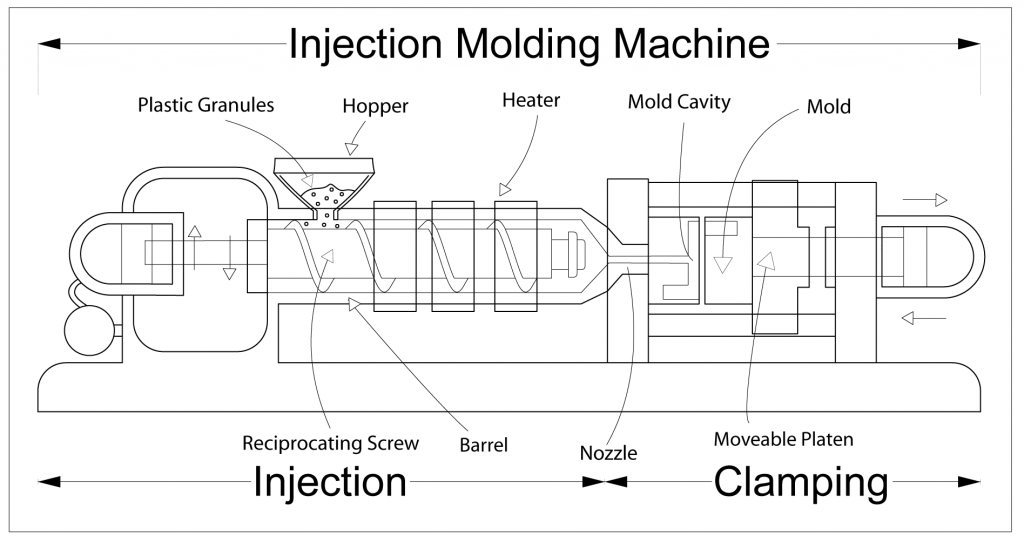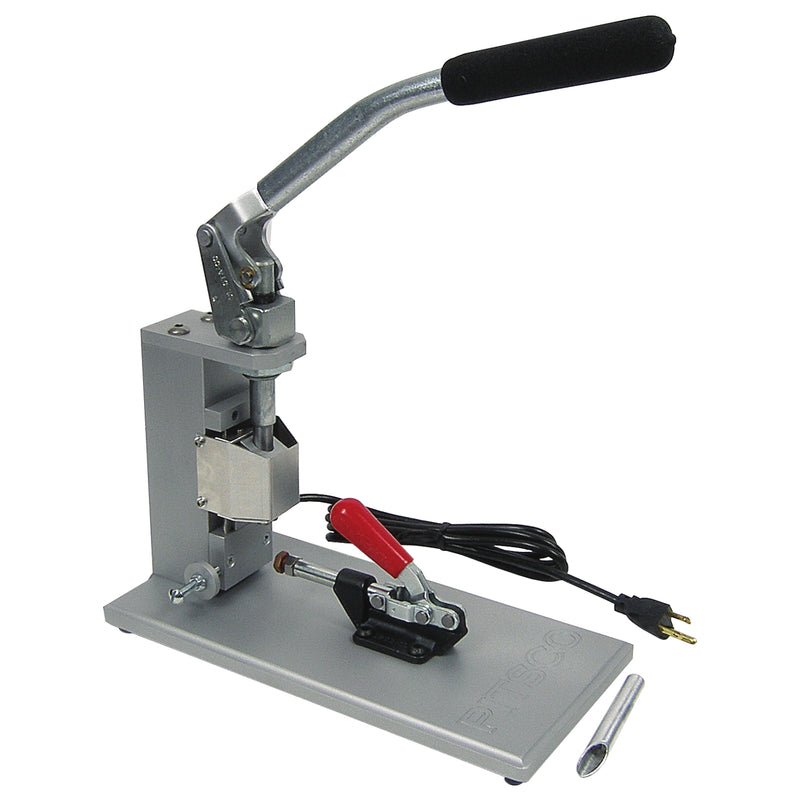The Role of Plastic Injection Molding in Creating Cost-Effective Industrial Parts
The Role of Plastic Injection Molding in Creating Cost-Effective Industrial Parts
Blog Article
A Comprehensive Guide to the Plastic Shot Molding Innovation
Plastic shot molding stands as a foundation of modern-day production, using unparalleled performance and accuracy in the production of complex plastic components. As the landscape of manufacturing advances, comprehending the future trajectory of injection molding becomes significantly important.

Introduction of Plastic Injection Molding
Plastic shot molding is a widely utilized manufacturing procedure that allows the reliable manufacturing of complicated plastic parts with high accuracy. This technology has become a foundation in numerous industries, including auto, customer items, and electronics, owing to its ability to produce large quantities of parts rapidly and cost-effectively.
The procedure involves melting plastic granules and infusing the molten material into a pre-designed mold and mildew. When cooled down, the mold is removed to disclose the completed element, identified by its elaborate details and uniformity. The versatility of materials made use of in plastic shot molding, ranging from thermoplastics to thermosetting polymers, allows suppliers to customize products to satisfy certain needs, such as resistance, strength, and versatility to warmth or chemicals.
Moreover, the effectiveness of this approach reduces waste and lessens manufacturing expenses, making it an appealing alternative for services intending to enhance their manufacturing processes. As innovation breakthroughs, innovations such as multi-material shot molding and the integration of automation proceed to improve the capacities of plastic injection molding, enabling the production of increasingly advanced items that satisfy the needs of modern-day markets.
The Shot Molding Process
Shot molding is an innovative manufacturing strategy that entails a number of crucial steps to change raw plastic materials into completed items. The process starts with the preparation of plastic pellets, which are fed into a heated barrel. Below, the pellets are thawed and homogenized to accomplish a consistent thickness.
As soon as sufficiently warmed, the liquified plastic is injected into an exactly engineered mold and mildew under high pressure. This step is crucial, as it enables the product to load every dental caries of the mold and mildew, making certain the final item precisely shows the intended layout. The injection time must be meticulously regulated to stop defects and guarantee efficient material usage.
After the mold and mildew is filled, it undergoes a cooling stage, where the plastic strengthens right into its last form. This cooling process can vary in duration depending upon the thickness and complexity of the part. Once cooled, the mold opens up, and the finished product is ejected.
Trick Advantages of This Technology
Among the most considerable benefits of injection molding modern technology exists in its capability to generate high quantities of exact and regular parts with minimal waste. This efficiency stems from the computerized nature of the process, which substantially lowers manual work and the potential for human error. As a result, makers can achieve a high degree of repeatability in their result, ensuring that each part satisfies rigid high quality standards.
Another secret advantage is the adaptability of materials that can be used in injection molding. A vast array of thermoplastics and thermosetting polymers can be built, permitting for customized properties to fit specific applications. The technology supports complicated geometries and elaborate styles, which can be challenging to attain with various other making methods.
Cost-effectiveness is likewise an essential benefit, particularly for large manufacturing runs. The initial financial investment in molds might be high, yet the long-term cost savings in material waste and labor make injection molding an economically sensible option. Lastly, shot molding allows for quick manufacturing cycles, making it possible for firms to react swiftly that site to market demands and minimize preparations. These advantages solidify shot molding's setting as a favored manufacturing procedure throughout numerous industries.
Applications Throughout Industries

In the medical area, shot molding is critical for producing top quality, sterile parts, including syringes, surgical tools, and real estates for clinical gadgets. The capability to keep tight resistances and create complex geometries makes it a perfect option for these applications. The product packaging sector advantages from injection molding by producing a vast array of my explanation containers, closures, and dispensers that are both cost-effective and efficient.
The plaything sector depends heavily on shot molding to produce colorful, resilient, and risk-free items that attract children. The building and construction industry uses injection molding for creating various components, installations, and parts that contribute to both functionality and layout. Overall, the broad array of applications demonstrates the indispensable role of shot molding technology ahead of time numerous markets.
Future Trends in Shot Molding
Welcoming advancements in technology, the future of shot molding is positioned for considerable improvement driven by innovations in products, automation, and lasting methods. One of the most notable fads is the advancement of recycled and bio-based polymers, which not just lower dependence on nonrenewable fuel sources but also decrease ecological impact. As manufacturers progressively prioritize environmentally friendly solutions, these products are ending up being more widespread in production.
Automation is one more key fad shaping the sector. The integration of robotics and expert system right into the injection molding process enhances production, precision, and performance speed. Smart manufacturing facilities geared up with IoT gadgets permit real-time tracking and anticipating upkeep, decreasing downtime and maximizing operational processes.
In addition, the shift towards personalized and small-batch manufacturing is gaining momentum. Advanced innovations such as 3D printing and additive production enable rapid prototyping and the development of intricate geometries that were formerly pop over here unattainable. This shift allows business to react better to market demands and customer choices.
Verdict
Finally, plastic injection molding innovation represents a keystone of modern production, supplying performance and versatility in producing complicated parts across diverse markets. The comprehensive assessment of the shot molding procedure highlights its essential stages and benefits, while the exploration of applications highlights its extensive significance. Moreover, emerging patterns, including sustainability and automation, indicate a promising future for this technology. Proceeded improvements are likely to enhance production capabilities and ecological factors to consider, forming the landscape of manufacturing.
Plastic injection molding stands as a foundation of modern production, providing exceptional efficiency and accuracy in the manufacturing of complicated plastic components (Plastic Injection Molding). The adaptability of materials made use of in plastic injection molding, varying from thermoplastics to thermosetting polymers, enables suppliers to customize products to fulfill particular needs, such as resistance, flexibility, and toughness to heat or chemicals
Injection molding is an innovative manufacturing strategy that involves a number of critical steps to change raw plastic materials into ended up products.The adaptability and efficiency of shot molding technology have led to its prevalent fostering across many sectors.In conclusion, plastic injection molding modern technology stands for a cornerstone of contemporary production, supplying efficiency and flexibility in generating intricate parts across varied sectors.
Report this page